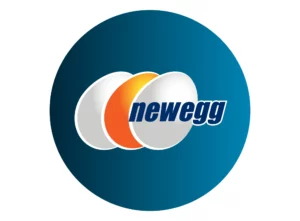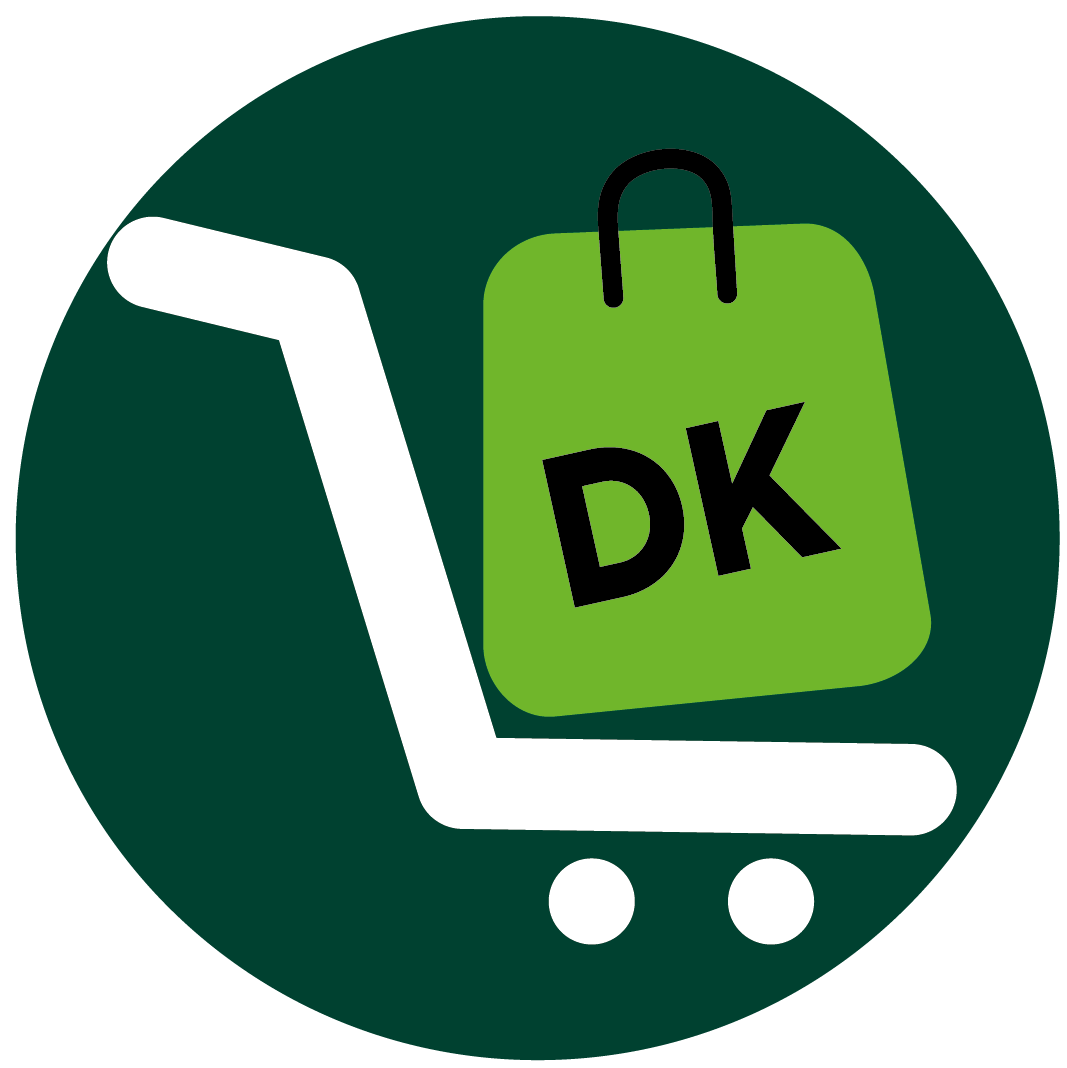Making money or craving a name for your brand in the art industry involves knowing the craft, building impressive portfolios, and most importantly, knowing how to sell your art online.
Selling your artwork successfully online can be a great way to reach a wider audience and make money from your craft. Although this information is known by many artists, only a few know the right steps to achieving this feat. This article will give you a roadmap on how to get started. Ensure you read to the end!
1. Register your art business.
To sell your artwork online, start by registering your art business. Having the proper paperwork for your art business by registering your business name, deciding on a business structure, and obtaining the necessary permits or a business licence are necessary steps you should take to ensure detailed registration of your business.
>>> MORE : How To Sell Online Art
2. Choose what you’ll sell.
When choosing to sell art online, there are two major options you can pick from: original artworks, which have a higher intrinsic value, and reproductions, which are copies of your original artwork.
You could sell original artwork, which is of higher value due to its bespoke nature. Each original artwork is individually crafted and cherished by people who would love customized items to decorate their spaces with. Although original artwork has a limited audience and requires careful handling and shipping, it offers collectors value perception, more prestige, and better profit margins.
Reproductions are copies of your original work; they are more reasonably priced and reach a wider audience.
You can also consider a hybrid approach by selling both originals and reproductions. This can help cater to different budgets and interests while offering unique pieces.
Should your own artwork become well-known, you can think about hosting other artists in your store to provide more variety. Those with large networks and marketing expertise would find this approach ideal because it increases traffic and art sales.
- Identify Niche Products:
Conduct market research to pinpoint lucrative niches with high demand and low competition. Look for products that resonate with your target audience and align with your brand identity.
- Find Reliable Suppliers:
Partner with reputable suppliers who offer quality products, reliable shipping, and excellent customer service. Utilize BigCommerce’s integration with leading dropshipping platforms to streamline supplier management and order processing.
- Optimize Product Listings:
Create compelling product listings that highlight the benefits, features, and unique selling points of each item. Use high-quality images, detailed descriptions, and persuasive copy to entice potential buyers.
- Implement Marketing Strategies:
Drive traffic to your BigCommerce store through various marketing channels, such as social media advertising, influencer partnerships, and search engine optimization (SEO). Leverage BigCommerce’s built-in marketing tools and analytics to track your progress and optimize your campaigns.
- Provide Exceptional Customer Service:
Foster trust and loyalty by offering exceptional customer service throughout the purchasing journey. Respond promptly to inquiries, address any issues or concerns promptly, and strive to exceed customer expectations at every touchpoint.
3. Select a platform to sell your art.
You can sell your artwork on various platforms; the best platform for you depends on your artistic style, target audience, and business goals. You will have to carefully weigh investment, effort, and talent on several platforms.
Here’s some popular platform options for your consideration:
- Your own website: Using your own website or online store gives total control over branding, price, and customer experience; but, it also involves technical skills, continuous expenses, and initial work to attract a larger audience.
- Etsy: Etsy is a vast online marketplace that promotes vintage and handcrafted goods. It is less expensive than Shopify and more customizable than Amazon, making it perfect for presenting artwork prints alongside other creative goods.
- Amazon: This platform gives great exposure to a large audience. Amazon relieves you of the need to create a website and gives you access to Amazon’s marketing tools, customer base, and order processing systems.
- Redbubble: Is a competitive marketplace that lets creators sell their designs on a variety of goods.
- Social media channels: Platforms such as Facebook Marketplace or Instagram Shopping have a large audience and excellent marketing tools. Perfect for establishing a following and relating to prospective buyers.
4. Build your art.
As an artist, you must consider your brand as a natural extension of your art, focusing on your chosen style and medium to attract fans and buyers. Creating your art requires inspiration, media choice, talent development, and artistic voice discovery. Try several materials and methods to see what inspires you. Look for your own artistic voice by observing in your work’s themes, styles, or techniques.
Your brand story, along with business assets like packaging and site design, should mirror the visual aesthetic of your work. You should decide whether to create and sell art under your own name, how to approach storytelling, communicate mission, values, and causes, and what branding assets are needed.
You can develop your skills constantly by enrolling in online or in-person painting courses, all to build your brand and art.
Furthermore, create a consistent online presence across platforms. Establishing a consistent online presence can help build your brand and attract buyers.
Craft a compelling artist bio and statement that resonates with your target audience, and engage with other artists and potential buyers on social media.
5. Price your art strategically.
To effectively price your art, consider your costs, value your time, research the market, and balance market value with cost. To price your artwork strategically, you must understand the costs of producing and distributing it, as well as possible profit margins. To cover your costs and attract buyers, use pricing strategies such as cost-plus, value-based, competitive, and variable-based pricing.
You can start with lower prices to build a customer base and gradually increase prices as your experience and recognition grow. Additionally, you can offer different size or print options to maintain competitive pricing.
Know that pricing is a continuous process; as you grow more experienced, modify your approach depending on market reaction and creative objectives.
6. Market your art.
Setting up a platform to sell your art and building your brand is a remarkable achievement, but there’s still much work to be done in marketing your art. By marketing your online art business, you can attract new clients who aren’t yet familiar with your work and let returning ones find you.
Here are some effective tools for marketing your artwork online:
- Build a strong online presence: To market your art online, create a professional artist website including your portfolio, profile, and contact details; be active on social media; optimize your online presence with relevant keywords; create engaging content; collaborate with other artists; leverage online advertising; and promote your work.
- Content marketing: Convey interesting material that can provide creative process insights and build audience connections. To drive traffic to your website, create content. Post visually appealing content and collaborate with complementary artists for online features and joint projects.
- Leverage online advertising: You can utilize social media ads and pay-per-click (PPC) ads on search engines like Google to target your perfect art buyer.
7. Fulfill orders and provide customer service.
To run a successful online art business, ensure a smooth experience for buyers by following these steps:
- Using appropriate materials, securely pack artwork for shipping. Offer clear shipping options and timelines at checkout.
- Keep customers informed through email confirmations and tracking numbers.
- Establish a clear return and exchange policy on your website. Handle inquiries promptly and professionally.
- Go the extra mile by offering personalized thank-you notes or discounts.
- Invest in customer relationship management software to organize customer information and streamline communication.
- Outsource fulfillment if needed, and use customer feedback to improve your process.
By providing a positive experience, you can build lasting customer relationships and foster a loyal following for your art.
>>> PRO TIPS : How To Sell Online Art
Recap
Selling your art online calls for time, commitment, and continuous learning. Enjoy the creative process, concentrate on developing your brand, and modify your strategy depending on past performance.














